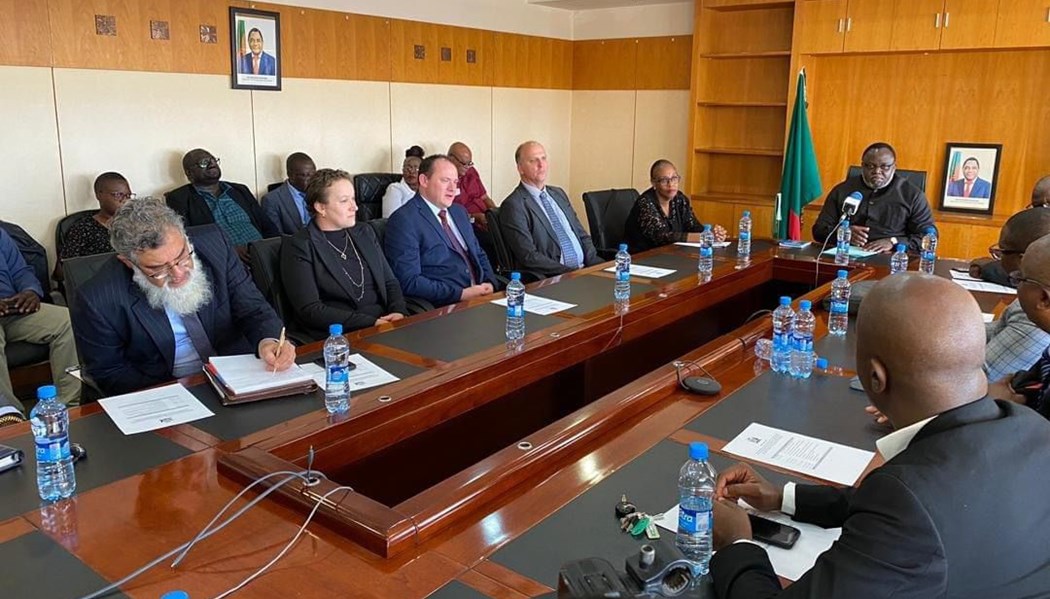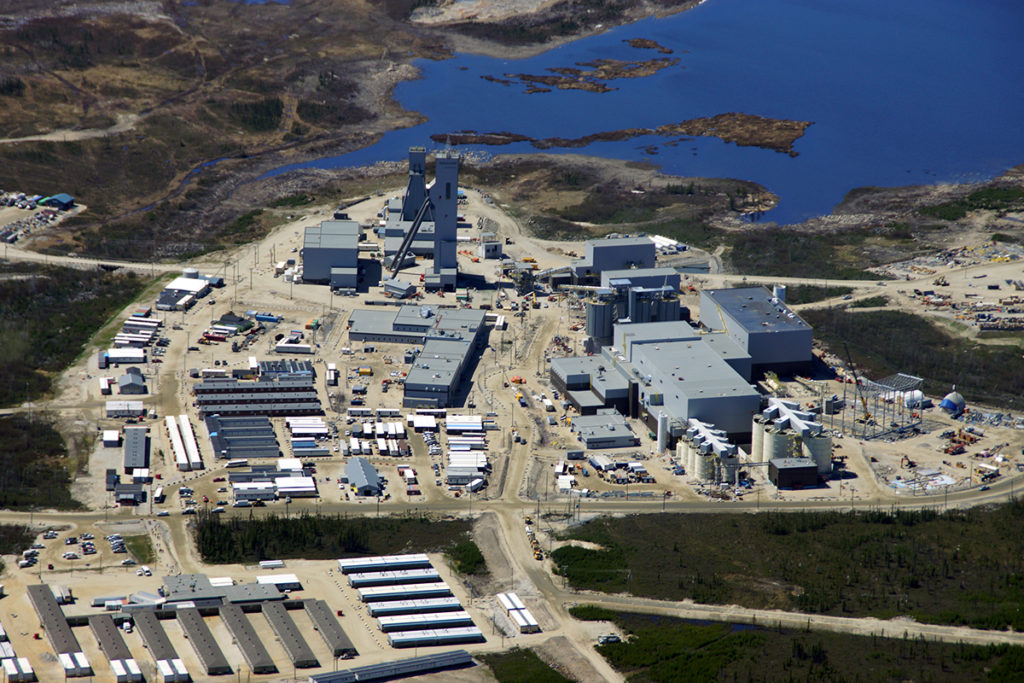Mining Other

Improving health and safety are the South African mining industry’s top priority

Key programmes that made a difference were the Mining Industry Occupational Safety and Health (MOSH) Learning Hub and Masoyise Health Programme. The MOSH Learning Hub was established in 2007 and identifies and promotes leading practices in the industry, most notably, in the health sphere, on dust and noise reduction. Over the years, many leading practices were promoted across the industry, leading to companies adopting multipronged strategies to reduce dust and noise, and enhancing impact. The Masoyise Health Programme is a multistakeholder wellness initiative that is internationally recognised and is founded on international, national and mining sectoral strategies and targets.
The outcomes of all these efforts are evident. From 2008 to 2023, total diseases and cases of TB and silicosis reported to the Department of Mineral and Petroleum Resources have declined by more than 80%, while noise induced hearing loss cases declined by 55%. In 2024, the industry reached the milestone target of reducing TB rates to at or below the South African TB rate. The gold commodity industry, however, did not reach this target and more efforts are being directed to this. Although the milestones on dust and noise were not met, there was significant progress made which showed that it is possible to reduce and eliminate these hazards.
Success in reducing TB was confirmed in a scientific review conducted by Zungu, et al, published in the Occupational Health Southern Africa journal in 2025. The study found that at the inception of the Masoyise Health Programme, TB rates were 1 225 and 523 per 100 000 population in the South African mining industry and general population, respectively. From 2015 to 2022, the yearly rate of decline in TB case notifications in the mining industry outpaced that of the general population, at 16.1% and 6.7%, respectively. The gold mines had a higher rate of decline in TB cases, at 17.5%. The study concluded that industry initiatives played a crucial role in achieving the results seen in the industry. It is encouraging that our concerted efforts are paying a dividend, and we shall continue and intensify these into the future. Khumbul’ekhaya, an isi-Zulu word meaning “remember home”, is more than a safety slogan.
It is a deeply personal reminder that every mineworker deserves to return home unharmed. Since its launch in 2019, the initiative has evolved into a CEO-led movement, driving a culture of care, accountability and continuous learning across South Africa’s mining industry. In 2025, the Minerals Council and its members conceptualised Khumbul’ekhaya Version 2.0, a bold step forward in the journey to Zero Harm. This next phase builds on hard-won insights, milestone analyses, and heartfelt conversations with CEOs. It reflects a strategic shift: from reactive compliance to proactive leadership, from lagging indicators to predictive intelligence, and from physical safety alone to holistic wellness.
The strategy is anchored on five pillars:
- Cross-Company Visible Felt Leadership (VFL): CEOs are stepping onto sites, engaging directly with workers, and modelling safety-first behaviours. The first VFL visit took place at Glencore Rhovan in July 2025, with Seriti scheduled next. These visits are not ceremonial; they are about reinforcing leadership presence and accountability.
- Critical Control Management: The industry is aligning terminology and practices with global standards, including ICMM’s leading indicator frameworks. A pilot study is underway to refine control-focused safety metrics, especially around fall of ground risks.
- Data 4.0: A new frontier in safety intelligence. The strategy prioritises leading indicators, control failures, and serious incidents. A dedicated platform is being developed to consolidate safety data, enabling proactive risk decisions and smarter interventions.
- Human-Centric Wellness (mental health and fatigue management): Recognising that wellness is foundational to performance, this pillar integrates psychological safety into operational culture. It is a shift from reactive care to proactive support.
- Innovation and Collaboration: Through Minerals Council platforms and forums, including MOSH initiatives, the industry is accelerating the adoption of effective solutions and sharing lessons learned.
The strategy has already gained traction across industry platforms, with leadership alignment work-shops, awareness campaigns, and cross-company engagements underway, signalling strong momentum. Khumbul’ekhaya 2.0 is not just a safety strategy, it is a leadership movement. It is about remembering that behind every hard hat is a life, a family, and a future. As we move forward, our challenge is to lead with empathy, act with precision, and learn continuously. Let us honour those we have lost by building a safer, smarter and more caring industry together.












